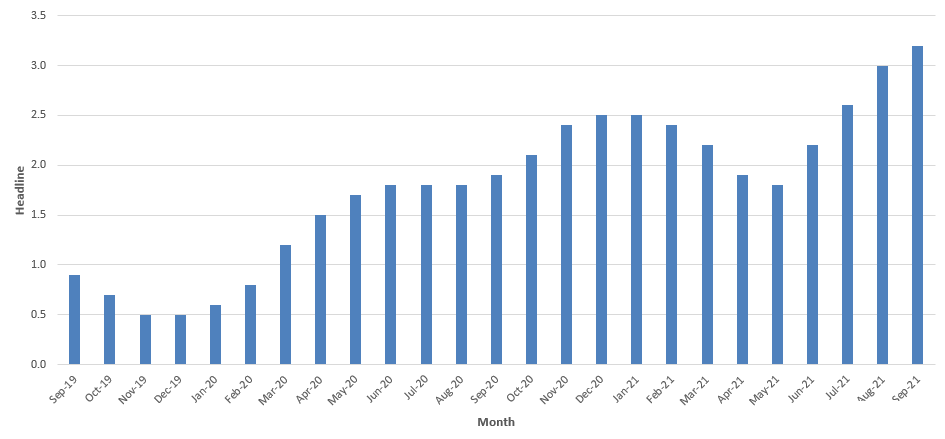Chinese investors’ growing appetite for Europe
Share

China’s switch from growing exports to promoting domestic market growth is triggering a wave of outward investment by Chinese firms and opening doors for foreign firms to invest more in the country.
The policy change is increasing China’s appetite for technology, brands and resources other than commodities, such as labour and capital resources. It is integrating the country further into the global economy and will make the Chinese consumer a driver of global economic growth in the future.
China has become a major financial player on the global stage. Its USD 9.4 trillion economy accounts for 12 per cent of global GDP and the nation has USD 4.01 trillion of foreign exchange reserves. But China’s direct and portfolio investment assets have a lot of room to grow. They account for only 6 per cent of the world’s overall USD 1.46 trillion of overseas direct investments, but this picture is changing.
For some time, the country has been weaning itself off reliance on exports and encouraging the growth of domestic consumption, higher value-added manufacturing and services. To accelerate this process, China’s policy makers are turning to promoting overseas investment and acquisitions – buying overseas resources, technology, brands and expertise.
Last year, China’s outbound direct investment (ODI) surged 14.1 per cent to a new high of USD 102.9 billion. The increase in ODI growth was much more significant than growth in foreign direct investment (FDI) into China, which rose 1.7 per cent to USD 119.6 billion.
This is the first time two-way nominal capital flows have been in near balance. Based on the current trend, Beijing predicts outbound investment could exceed inbound investment by next year. The government has already begun simplifying the procedures for outbound investment which is enabling outward flows to grow further.
In geographic terms, Europe has become the preferred destination. Chinese investment in the European Union nearly tripled in 2014. Their motivation is to acquire leading-edge technology, brands and high-end manufacturing to increase domestic competition in China and help improve Chinese consumer trust and confidence.
We have seen a massive spike in Chinese investment flows into North America and Europe, particularly via mergers and acquisitions (M&A).The United Kingdom has been heavily targeted for Chinese acquisitions, but Germany still holds the lead in terms of total deal volume. In 2013, 25 out of 120 Chinese M&A deals in Europe took place in Germany. France, the Netherlands and Italy follow closely behind.
Private enterprises, rather than state-owned enterprises, have been the main Chinese buyers of European businesses. Acquiring well-known brand names is an effective way for Chinese companies to accelerate their internationalisation, differentiate and diversify themselves from other domestic players and adopt world-leading technology.
This Chinese investment boom has the potential to contribute to European growth. Although the impact of Chinese investment at the EU level has been minor so far, there are already signs of substantial income and employment generation for the host country in sectors such as telecommunications equipment.
Perhaps, the most intriguing possibility is that China’s newly affluent could offer a broad new market for Europe’s struggling manufacturing sector.
As Chinese consumers move into more expensive and higher value-added goods, relative wage costs for European producers have become less of a factor, opening new opportunities for Europe’s relatively high-cost, high-productivity workforce.
China still maintains significant controls on capital inflows and many sectors remain closed to foreign investment, especially in services. China’s growing ODI is now providing opportunities for European businesses that have gone through M&As – mainly small and medium-sized firms – to enter emerging markets. And increasing Chinese ODI also provides Beijing with good reason to accelerate the pace of opening-up at home.
The winners in China’s growing outbound investment into Europe will be the countries that offer the most welcoming environment. Policy makers need to make sure that their country captures the opportunity provided by this increasingly significant source of capital.
The ongoing liberalisation of the renminbi is another reason why it is easier for Chinese companies to invest abroad. Use of renminbi to settle cross-border transactions helps reduce currency conversion costs, reduce exposure to exchange rate fluctuation, simplify procedures for making payment, and improve the efficient use of funds.
In 2013, renminbi was used in around 60 per cent of FDI but only accounted for only 15 per cent of ODI. We expect the renminbi to comprise a larger share of China’s ODI over time. The next phase of renminbi investment flow will be focussed on China’s ‘going-out’ strategy.
A number of overseas M&As, for instance, have been accomplished with payments or capital contributions remitted in renminbi outside mainland China. Chinese corporates will be aggressively seeking acquisitions overseas. Private equity funds will also be investing offshore.
China has been emerging as a major economic power on the global stage for more than three decades. In recent years, the rapid development of outbound investment by China and the growing importance of the renminbi as a trade and investment currency will deepen its growing influence in global financial affairs. Expect to see more headline making investments ahead from China.









